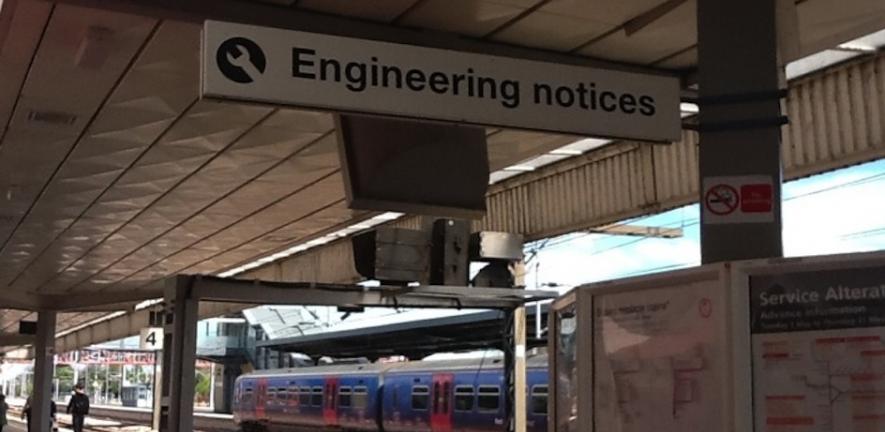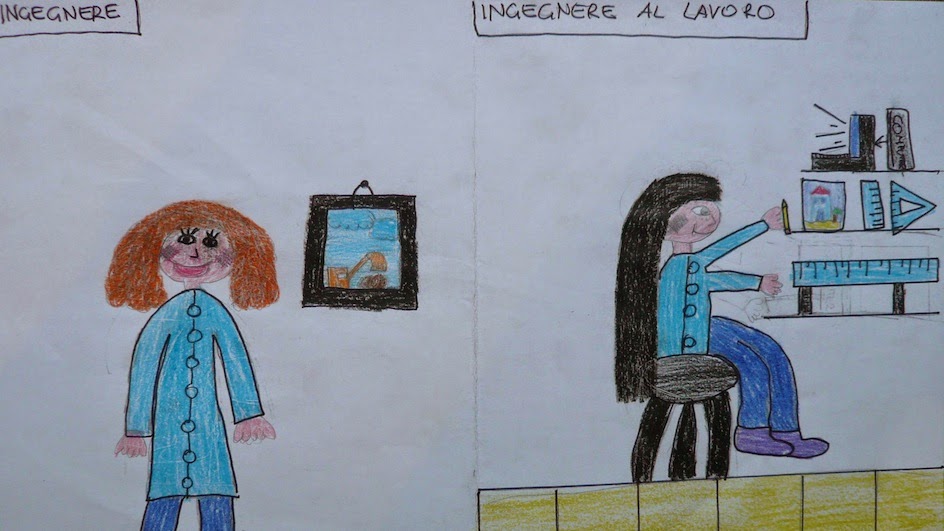
The UK needs to recruit more bright, young engineers - but what do young people really think engineering involves? Tim Minshall decided to find out.
The UK needs to recruit more bright, young engineers - but what do young people really think engineering involves? Tim Minshall decided to find out.
The only time many people see the word ‘engineering’ is when there are delayed trains and bus replacement services.
Tim Minshall
What do engineers do? More precisely, what do schoolchildren think they do?
It’s an important question because the UK is in need of more engineers to reboot the economy and the UK’s manufacturing industry.
The UK Government’s new industrial policies rely on there being a healthy supply engineers, something that is particularly true for the ‘high value’ manufacturing areas based on emerging technologies. But is being an engineer something that many schoolchildren list when they are asked what they want to be when they grow up?
Tim Minshall, a senior lecturer in technology management in Cambridge’s Engineering Department, is passionate about his profession, but he says he was surprised when he went into a UK primary school and asked a group of 10 year olds to draw him some pictures of engineers. Most of the pictures depicted men fixing cars. Others showed men fixing trains. “The only time many people see the word ‘engineering’ is when there are delayed trains and bus replacement services,” he told an audience at the Hay Festival in early June.
Minshall says the shortage of engineers and children’s perceptions of the profession are linked. “The UK needs more engineers, but engineering is not a thing that young people aspire to be - and this stems from them not really knowing what engineers do. Their perceptions seem to be inaccurate and negative.”
His experience in the UK school made him wonder whether this was specifically a UK phenomenon. He spoke to his colleagues who come from a broad range of countries and they suggested doing the 'drawing test' in their countries, using a coding system designed to help researchers understand how young students’ perceptions of engineering, engineers, and the work of engineers evolve and are impacted by interventions. The coding system (developed by researchers at Purdue University in the US) aims to provide a standalone measure that can be broadly applied to diverse populations and to create a large multi-institution student database. The idea was that the results could be compared and, if appropriate, used to help inform policymakers in the UK.
At the Hay Festival Minshall unveiled some of the results from Italy. They also depicted people fixing things, but many drew rather glamorous female engineers directing people on building sites.

Italian schoolchildren at the Istituto Teodoro Ciresola in Milan give their view of what an engineer looks like as part of Tim Minshall's project.
So far, the project has included a pilot in the UK, data from Italian schools acquired through an academic visitor from Milan and from Germany via an academic visitor from RWTH Aachen University. Later this year, data will be captured and analysed from schools in China and Japan.
In the meantime, he has been talking to children around the UK and attempting to counter the myths and enthuse them about what a career in engineering might involve.
At the Hay Festival he summarised what engineers do in 10 words, from inventing to shaping, building to making mistakes [and learning from them] to, yes, fixing things - although not just cars and trains. “Engineers fix the world and we need more young people in engineering to solve the problems we face,” he said.
His talk ranged from the Da Vinci’s sketches of a helicopter to Sikorsky’s engineering brilliance which made the concept work. It covered solar racing cars, upside down cups for babies which never spill, Rolls-Royce jet engines which are specially designed to limit any damage caused by a broken blade to a competition to race a driverless car across the desert, the evolution of mobile phones and development of 3D printing.
Minshall said that some commentators believed 3D printing could revolutionise manufacturing, allowing people to create objects at home and saving shipping costs from abroad. Low-end 3D printers could also have an important role to play in schools, helping to re-ignite enthusiasm for engineering and manufacturing.
Indeed he and colleagues in the Engineering Department, Judge Business School and Department of Politics and International Studies have recently been awarded funding from the Economic and Social Research Council and the Engineering and Physical Sciences Research Council for a new research project to examine the reality and the potential of digital fabrication for the UK economy. The project will ask how digital fabrication will affect the manufacturing landscape, what impacts this revolution will have on manufacturing in the UK and how UK firms can become global leaders in this new age of digital manufacturing.
Minshall, who has created a blog called whatengineersdo.info, is not stopping with talks and research. Following his appearance at Hay - a literary festival after all - he has been soliciting opinions as to whether there is an appetite for a book aimed at enthusing a future generation of engineers. He was also contacted by the producer of CBBC programme Nina and the Neurons and put them in touch with his students who were asked how they would explain various engineering concepts to children.
His passion for his subject is clear and, he hopes, contagious.
This work is licensed under a Creative Commons Licence. If you use this content on your site please link back to this page.





